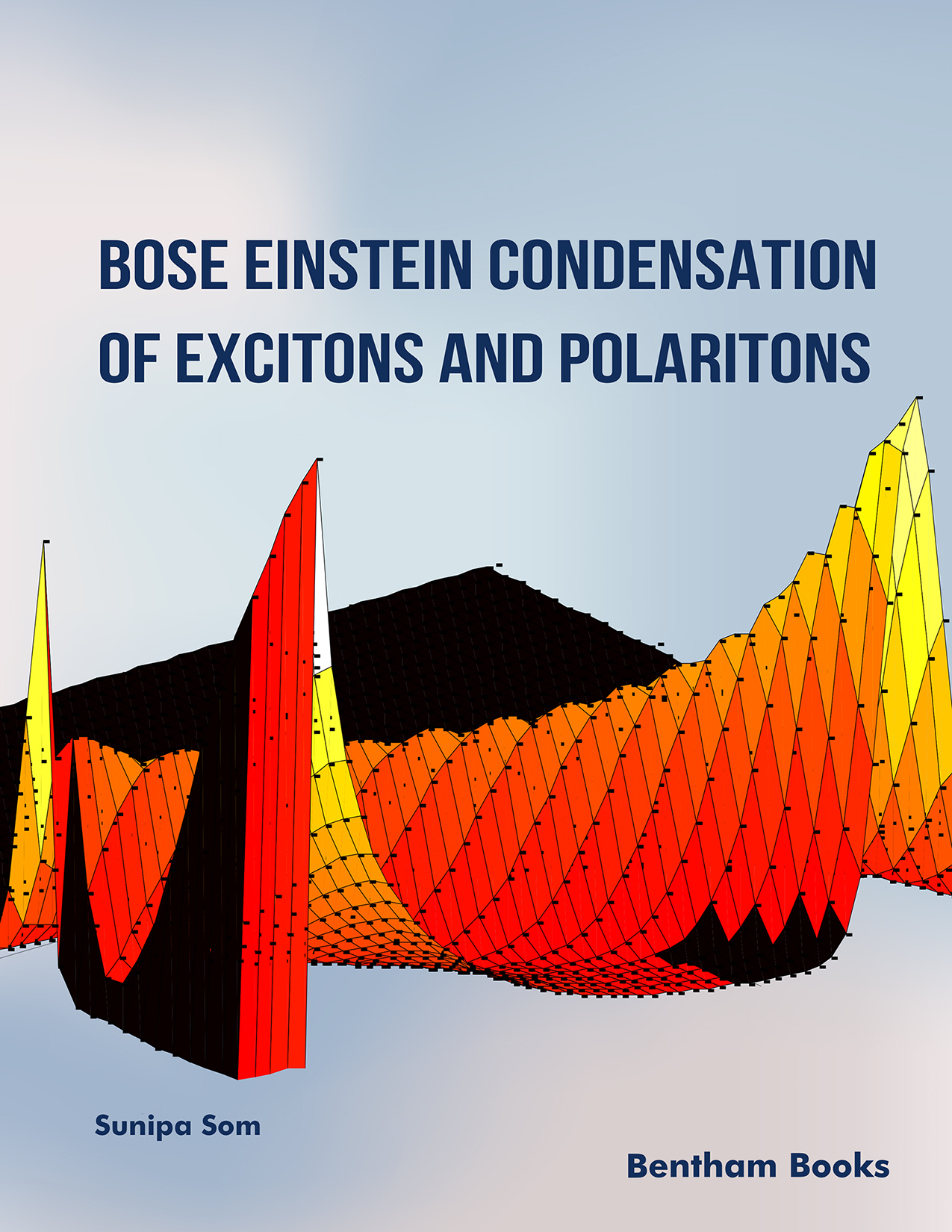The possibility of Bose Einstein condensation (BEC) of excitons in semiconductors has been an interesting topic for many years. BEC is the macroscopic occupation of the lowest energy quantum state of a system of bosons. This state of matter is very difficult to observe but it is a notable example of quantum mechanics on a macroscopic scale. First the concept of Bose condensation was given by Satyendra Nath Bose and Albert Einstein in 1924. After seventy years, BEC was demonstrated for the first time in a dilute gas of rubidium atoms in 1995.
Exciton is an electrically neutral quasiparticle. Due to the Coulomb force, an electron and a hole are attracted to each other and form a bound state known as an exciton. It can transport energy without transporting charge. Exciton exists in insulators, semiconductors, and some liquids. These quasiparticles are the natural candidates for observing the BEC due to its boson nature and its light-effective mass.
Exciton–polaritons (or polaritons for short) are bosonic quasiparticles produced as a result of the coupling between excitons and the electromagnetic field. When a cavity photon and an exciton are superimposed, a polariton is formed that exists inside semiconductor microcavities. Due to its bosonic nature and very light effective mass, typically of the order of 10-4 times of the bare electron mass, above a critical density, the polaritons macroscopically occupy its lowest quantum state and form a condensate. The polaritons have a very short lifetime and due to this, it is inherently non-equilibrium in nature. However, many features of the polaritons are similar to the features that we can expect for the equilibrium BEC. These natures of polariton make it an interesting topic not only from a fundamental point of view but also from its potential practical application in future quantum technological devices.
The research on the BEC of excitons and polaritons is very important for the field of quantum information processing. BEC can be used to make quantum computers and is useful as a quantum simulator. BEC of excitons and polariton is a rapidly developing field of solid-state physics that motivated me to write this book.
This book offers an overview of the BEC of excitons and BEC of polaritons. It contains the history of BEC (Chap. 1), fundamentals of excitons (Chap. 2), fundamentals of polaritons (Chap. 3), BEC of excitons (Chap. 4), and BEC of polaritons (Chap. 5). The origin of excitons, relaxation and thermalization behaviour of Excitons have been discussed in Chapter 2. Chapter 3 contains information about the origin of polaritons, special condensate features like polariton lasing, super-fluidity, and quantized vortices. Experimental techniques, theoretical modeling, recent developments, and application of BEC of excitons and polaritons have been discussed in Chapters 4 and 5, respectively.
This book puts together the fundamentals of excitons and polaritons, all the advances, recent research works, discoveries, and applications on the BEC of excitons and polaritons. It also gives a brief outlook on future work. I believe that its straight-forward content will make it accessible and interesting to a broad readership, ranging from students, research fellows, lecturers, and engineering professionals in the interdisciplinary domains of semiconductor physics, nanotechnology, photonics, materials science, and quantum physics.
Sunipa Som
Nehru Gram Bharati University, Prayagraj-221002,
India

